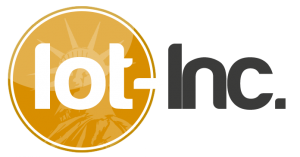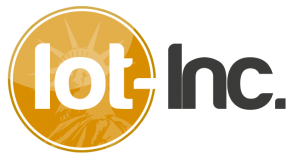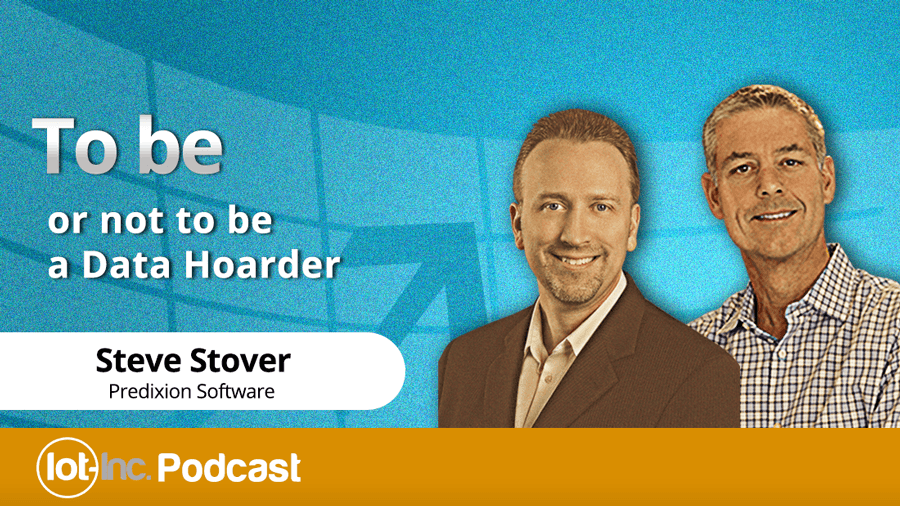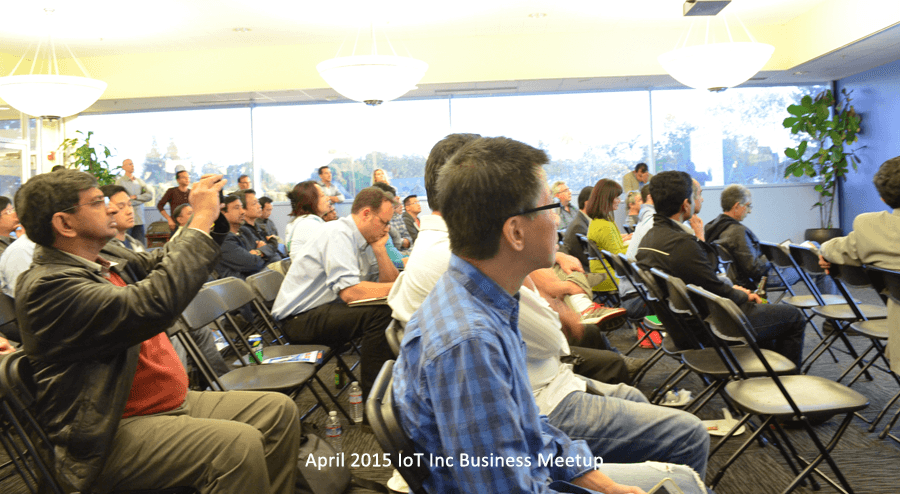24 Mar The Challenge of Extracting Signal from Noise in IoT
In the data science of IoT there’s no one size fits all data model. Each situation needs to be analysed separately by your data scientist. Then the output too, needs to be custom tailored to your customer - internal or external. This output, often in the form of a dashboard, is critical in aiding the identification of value with your data. Therefore, iterate on its design as often as you do on the design of the IoT product.
Watch this video (or read the transcript) to see Christian Mastrodonato discuss standing up an Internet of Things Pilot from a Data Scientist’s perspective ...















